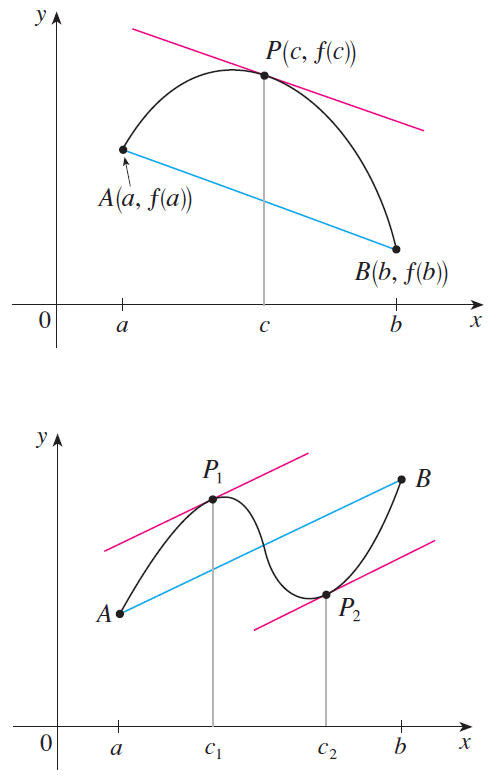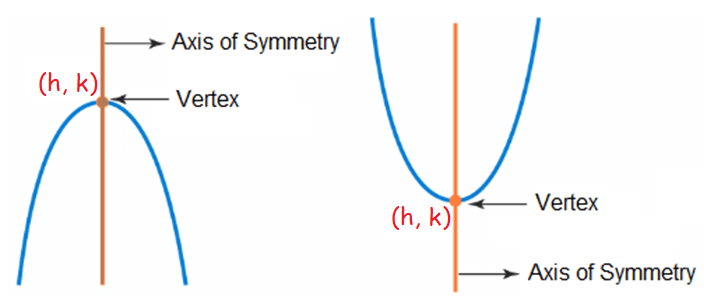REDUCING EACH RATIONAL EXPRESSIONS TO LOWEST TERMS
Definition of rational expression :
An expression is called a rational expression if it can be written in the form of
p(x)/q(x)
(where p(x) and q(x) are polynomials and q(x) ≠ 0)
Reduction of rational expressions :
A rational expression p(x)/q(x) is said to be in its lowest form if
GCD [p(x), q(x)] = 1
To reduce a rational expression to its lowest form, follow the steps given below.
Step 1 :
Factorize the numerator and the denominator
Step 2 :
If there are common factors in the numerator and denominator, cancel them.
Step 3 :
The resulting expression will be a rational expression in its lowest form.
Note :
Sometimes it may be necessary to use algebraic identities.
Example 1 :
Express in simplest form.
x/(x2)
Solution :
= x/(x2)
= 1/x
So, the answer is 1/x.
Example 2 :
Express in simplest form.

Solution :
By using cross multiplication, we get
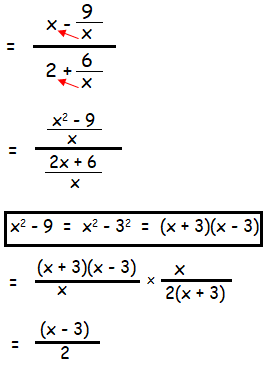
So, the answer is (x - 3)/2.
Example 3 :
Express in simplest form.

Solution :
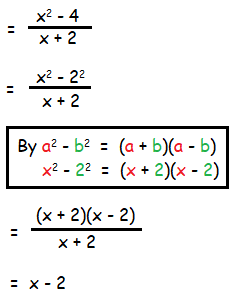
So, the answer is x - 2.
Example 4 :
Express in simplest form.

Solution :

So, the answer is (x - 3)/(x + 2).
Example 5 :
Express in simplest form.
The expression (x2y2 - 9)/(3 - xy) is equivalent to
(A) -1 (B) 1/(3 + xy) (C) -(3 + xy) (D) 3 + xy
Solution :
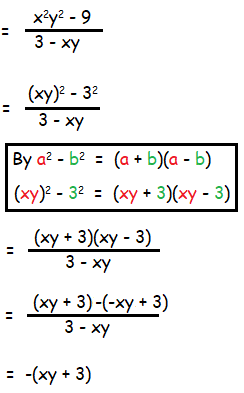
So, the answer is -(xy + 3)
Example 6 :
Express in simplest form.

Solution :
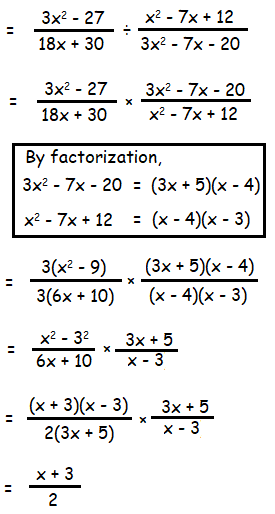
So, the answer is (x + 3)/2.
Example 7 :
Expressed as a fraction in lowest terms,
(x2 - x - 2)/(x2 - 4), x ≠ ±2 is equivalent to
(A) x/(x+2) (B) (x-1)/(x-2) (C) (x+1)/(x+2)
(D) (-x-2)/(-4)
Solution :

So, the answer is (x + 1)/(x + 2).
Example 8 :
What is (6x2 - 4x)/(2x2 - 4x) reduced to simplest term ?
(A) (3x-2)/(x+2) (B) (3x+2)/(x-2) (C) (3x+2)/(x+2)
(D) (3x-2)/(x-2)
Solution :
By taking common factor, we get
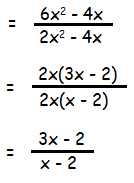
So, the answer is (3x - 2)/(x - 2).
Example 9 :
What is (x2 + x - 20)/(4 - x) expressed in simplest form ?
(A) -x - 5 (B) x + 5 (C) 5 - x (D) x - 5
Solution :
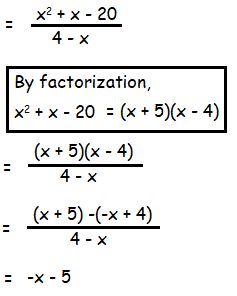
So, the answer is -x - 5.
Example 10 :
Expressed in simplest form,

is equivalent to
(A) n + 1 (B) n (C) n - 1 (D) (n - 1)/(n + 1)
Solution :
By cross multiplication, we get
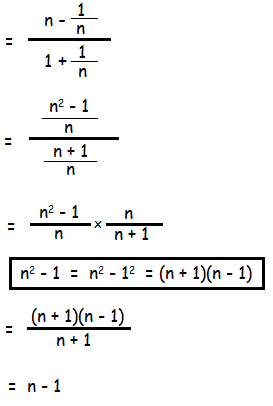
So, the answer is n - 1.

Apart from the stuff given above, if you need any other stuff in math, please use our google custom search here.
Kindly mail your feedback to v4formath@gmail.com
We always appreciate your feedback.
©All rights reserved. onlinemath4all.com
Recent Articles
-
The Mean Value Theorem Worksheet
May 14, 24 08:53 AM
The Mean Value Theorem Worksheet -
Mean Value Theorem
May 14, 24 02:48 AM
Mean Value Theorem -
How to Find the Vertex of a Parabola
May 12, 24 10:03 PM
How to Find the Vertex of a Parabola - Concept - Examples

